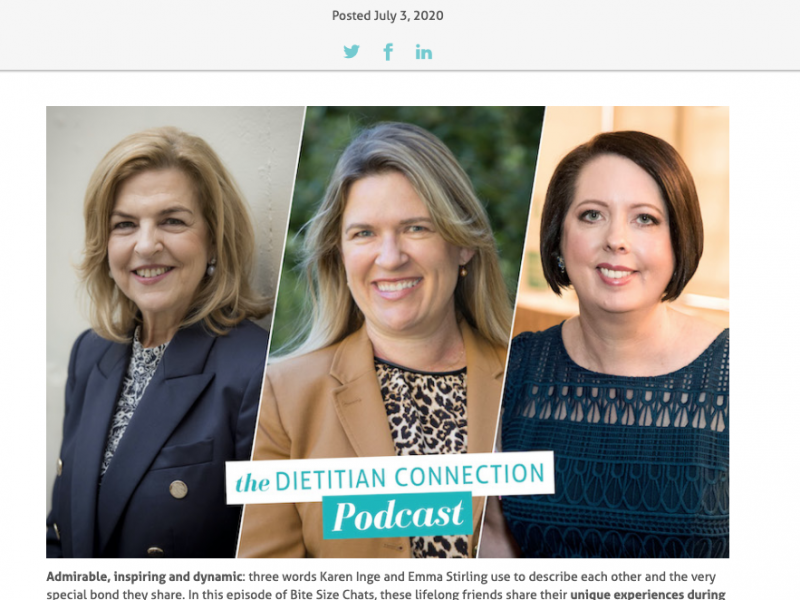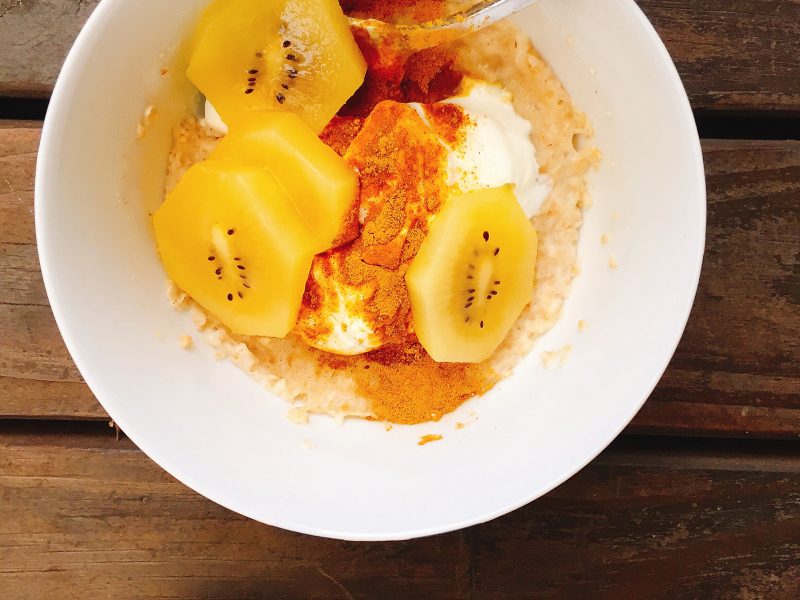I’m actually not one of those women. My sister is. Any chance she gets. Give me an aged cheddar on a cracker any day over chocolate. I just don’t seem to experience the strong pull that so many women (and men) do. So on this day of lovers we wish all those pitching to their Valentine good luck, and share some choc health news and eating tips.
Choc full of goodness?
Chocolate, on average, can contain significant amounts of calcium, iron and zinc, along with riboflavin, magnesium and niacin. Milk chocolate contains up to five times more calcium than dark chocolate due to the milk content. However lets get a little real and appreciate that quantity counts. Eaten in small doses you need to rely on the rest of your diet for essentials. Known as stearic acid, the saturated fat in cocoa butter does not raise blood cholesterol levels like animal derived saturated fats in fatty meats. However it’s the antioxidant story often touted – potent flavanoid antioxidants known as catechin and epicatechin in cacao. These naturally occurring plant chemicals are found in cocoa solids, not cocoa butter, so the darker the chocolate or higher the percentage of cocoa, the likelihood of higher antioxidant activity. Flavanoid antioxidants are also found in other fruits and vegetables and have been widely studied for the health protection they may offer against cancer, Type 2 diabetes, cardiovascular disease and even dementia. But hang on a minute. In their latest Position Paper on Antioxidants the Heart Foundation states that:
The Heart Foundation does not recommend the following:
Consuming milk chocolate or dark chocolate for the prevention or treatment of CVD. Due to processing to remove the bitter taste, most chocolate is a poor source of antioxidants and contains saturated and trans fats.The levels of evidence around cocoa and heart health are:
- Acute intake of high polyphenol cocoa and/or chocolate increases endothelial function – Level I
- Consuming high polyphenol (≥ 500 mg) cocoa and/or up to 100 g/day of high polyphenol (≥ 500 mg) chocolate can modestly reduce systolic blood pressure – Level 2
- Cocoa and/or chocolate intake reduces platelet reactivity – Level 2
Best bet approach: Pick up some raw cocoa powder at the health food shop for some hot and steamy hot chocolate, high in polyphenols.
Source: ablankblog.com via Emma on Pinterest
So what about chocolate addictions?
There are most likely a combination of factors that cause intense chocolate cravings, with marked differences observed in men and women. It has been suggested that women may crave the magnesium in chocolate as a way of self-medicating against marginal deficiencies of this nutrient. However, others argue that women do not crave leafy greens and other foods that are also high in magnesium. And while chocolate also contains several biologically active constituents (methylxanthines, biogenic amines, and cannabinoid-like fatty acids), all of which may potentially cause sensations like those of other addictive substances, the quantities are likely too small to illicit an effect.
The majority scientific opinion is that chocolate evokes a very strong pleasure principle. Chocolate and other feel-good foods are thought to trigger the release of endorphins in the body. Endorphins are natural opiates in the brain known to block pain and produce euphoric feelings. Over time you become naturally conditioned to seek out these pleasurable food experiences again and again, but you certainly do not become addicted or suffer withdrawal if deprived of chocolate. Or maybe you do? Food addictions are being studied more closely and time will tell. Read more about the Yale Food Addiction Scale here on the Weight Watchers Science Centre (I’m nutrition editor of the Weight Watchers magazine).
How much is enough?
When that craving calls, the best approach is to indulge wisely rather than try and refrain. Research has shown that trying to resist temptation and give-up your favourite foods will only set you up for overeating, especially if you’re watching your weight. Even a daily chocolate treat of 600kilojoules (approximately 25g) can fit within a balanced diet, especially if you’re very active. You can stretch your indulgent treat time, by serving 5 squares on a mini platter with fresh fruit like strawberries or blueberries.
Go for chocolate that is:
Portion controlled – so you resist the urge to keep going back for more from a big block.
Dark – due to its intense flavour you’re more likely to savour slowly and be satisfied by a smaller serve of dark chocolate, compared with milk or white. Check out our Recipe Redux for 100% Cacao Chocolate Sorbet and Willie, a man with a full blown addiction
Top quality – spending a little more on your treat will mean you savour the premium flavour and mouth feel.
So how about you lovely readers? Are you a chocolate lover? How do you get your fix? Drop us a tip or recipe link below.




